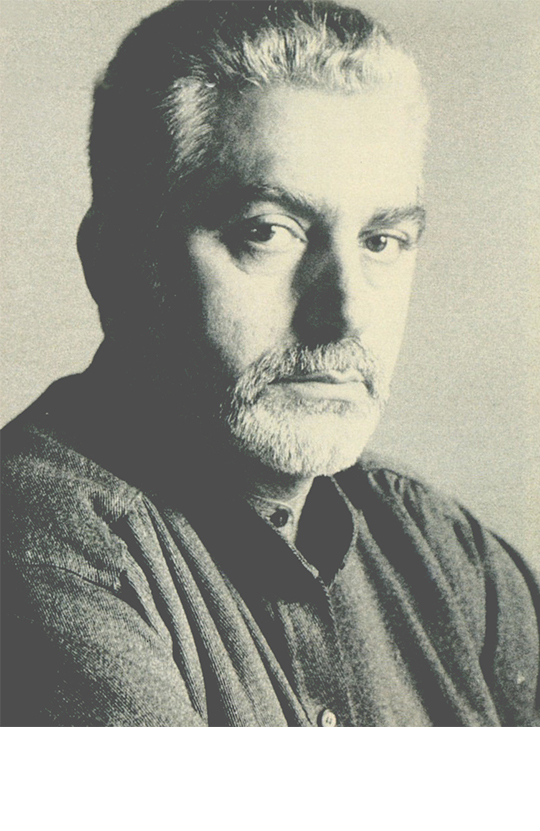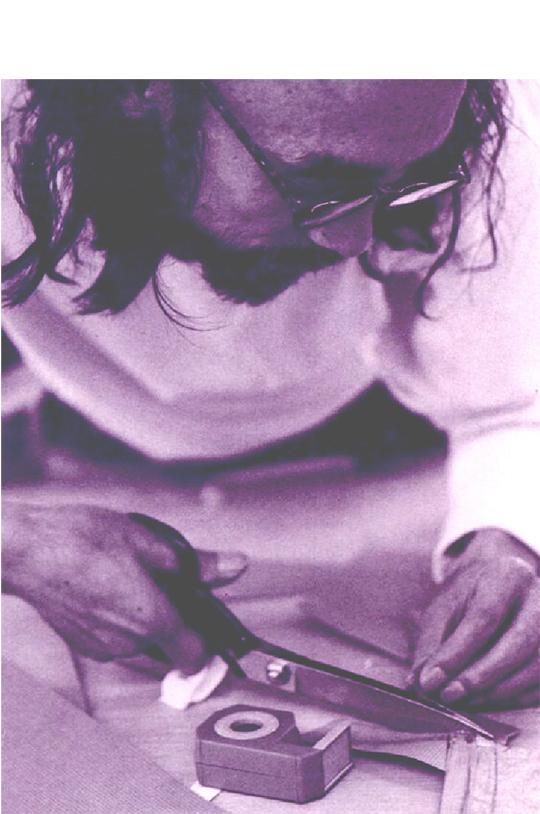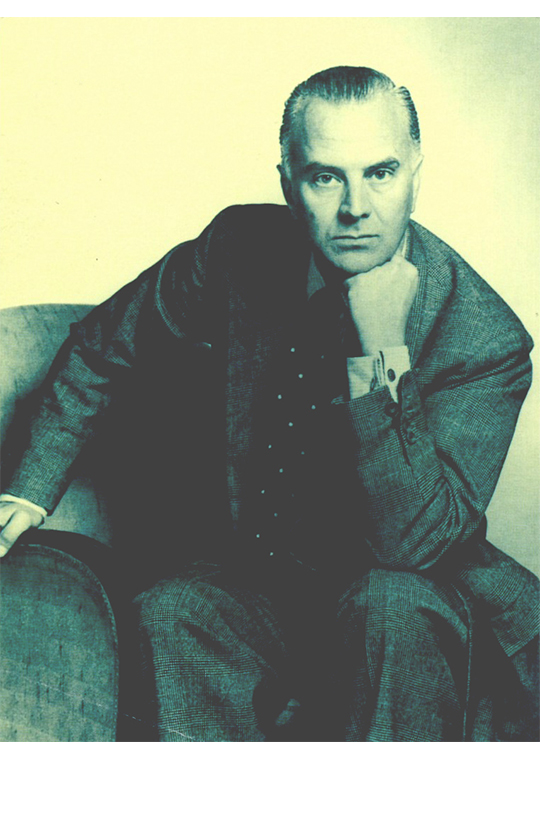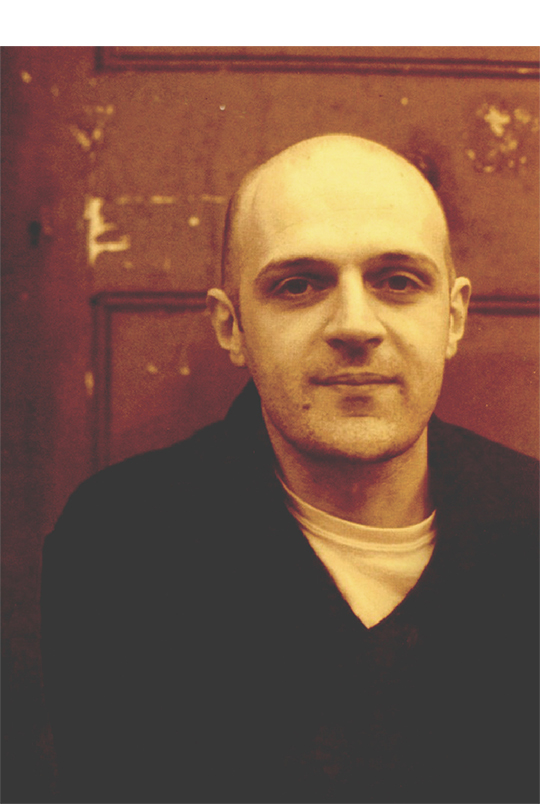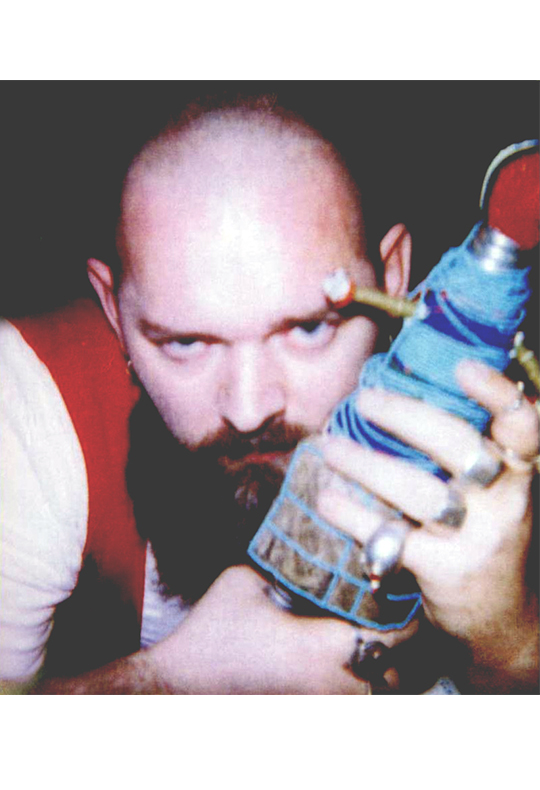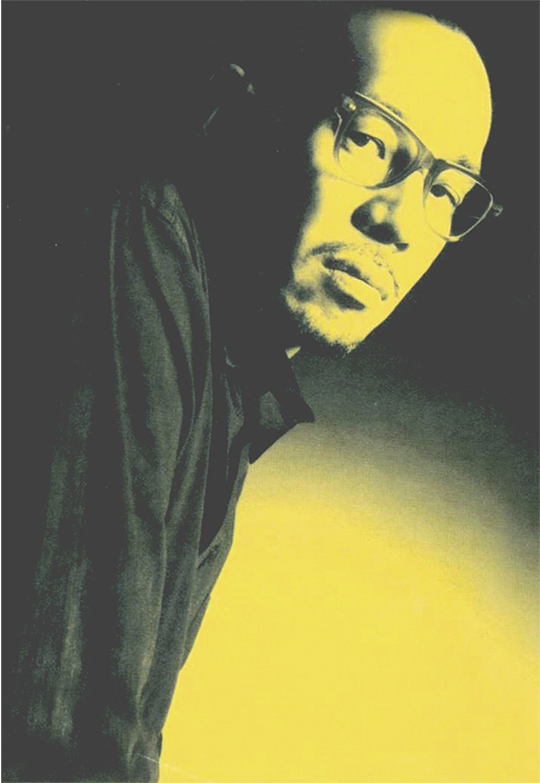Collections
Transmission 1998
“I have great respect for anyone who dares to venture into unknown territory in order to introduce changes to their own field.” Naoko Takizawa
I feel affinity with the way in which a fashion designer works on a new collection: the design of a suit, a shoe or an accessory is as close as you can get to how I view product design. We both work with different languages, with lifestyles and with items that have a communicative force and so are not just mere objects, but products that interpret the way we live. Communicate who you are, how you feel: you can do this through clothes, just as you can through objects; I see it in the same way. Then there is the coming-together of several areas of expertise, the search for the right material, the enrichment gained by drawing on different ideas. Even the fact of the changing seasons and new trends, not to mention that of mixing languages, high and low culture, the street and art with a capital A, cartoons and the movies.
Fashion designers create worlds that make people go crazy, that generate aggregation, emotion, communication and particularly strong immersive experiences. They build up new experiences.
Another shared aspect is the performance dimension of couture: a dress presented during a fashion show is like a theatrical performance. I have actually used a fashion show for FFF; several times I have acted more in the way of a fashion designer than an industrial design project manager.
The idea of transmission arose from my great love for fashion: to get a group of fashion designers, in other words ‘creators of style’, involved in a project. These are creators of lifestyle, communication, taste and new aesthetic frontiers. It was not simply a matter of linking an object with a popular fashion label, but the actual development of a design and production method capable of creating a transversal flow of communication, one that could link different worlds. Hence the name ‘Transmission’, i.e. the transmission, communication and exchange of skills and expertise, know-how, sensitivity, competence and understanding. Fashion designers were asked to breathe life into the idea that is at the root of their creativity, namely the ‘concept’, but instead of developing a suit or an accessory, they were expected to develop an object. This new object had to fit one of the product categories already developed by Alessi: personal accessories, bedtime accessories (eye masks, teddy bears, bedside table lamps, alarm clocks, etc.), personal care (toothbrushes, makeup bags, bath towels, soap holders, vibrators, etc.) and so on. My aim was to allow fashion designers to investigate these new product categories and so create transmission…
Paco Rabanne, Walter Van Beirendonck, Naoki Takizawa, Manolo Blahnik, Yoshi Yamamoto, Hussein Chalayan, Lawrence Steele and Marco Berardi: Andrea Tenerani has helped boost their communication strategies.
Even if the resulting objects never actually went into production, the dialogue created between these two worlds helped further the Centro Studio Alessi’s reputation for being an enterprising design workshop. In 2000 the results of this experience were published in a magazine – DUE – whose goal was to bring together various aspects of fashion, design and lifestyle. This was presented to the public on the 13th of April 2000 in Corso Matteotti, Milan.
“Rispetto tutti coloro che si inoltrano in territori inesplorati al fine di operare un cambiamento nel proprio campo” Naoko Takizawa
Sento affinità con il modo in cui operano gli stilisti, la progettazione di una collezione , di un abito, una scarpa, un accessorio è quanto di più affine alla progettazione come la intendo. Entrambi lavoriamo sui linguaggi differenti, su lifestyle, sui modi del vivere sugli oggetti che comunicano e non sono solo oggetti, su un prodotto che è interpretazione del vivere. Comunicare come sei, come stai: lo fai attraverso i vestiti come attraverso gli oggetti., io lo vedo nello stesso modo. E poi l’unione di più conoscenze, la ricerca dei materiali, il nutrirsi di immaginari differenti . Anche il fatto della stagionalità, del cambiare. E poi il fatto del mescolare i linguaggi, del mescolare cultura alta e bassa, la strada e l’arte, il fumetto e e il cinema.
Gli stilisti creavano dei mondi che facevano impazzire le persone, aggregazione, emozione, comunicazione, esperienze immersive fortissime. Addensatori di esperienze.
E poi anche la dimensione performante della moda, il vestito presentato nella sfilata, come performance, io avevo usatpo una sfilata per FFF, più volte mi ero mossa in modo più affine a quello di uno stilista di moda che di project manager di industrial design
Da questa grande amore per la moda nacque l’idea di trasmission: coinvolgere un gruppo di stilisti, ovvero di creatori di stili: di vita, di comunicazione, di gusto, di frontiere estetiche. Non era il banale abbinamento di un oggetto a una griffe più o meno nota, ma mettere a punto un modo di progettare e produrre capace di creare una corrente di comunicazione trasversale anche tra mondi diversi. Di qui il nome Transmission, ossia trasmissione di competenze, trasferimento, comunicazione e scambio di competenze, di saperi, sensibilità, competenze, conoscenze. Agli stilisti viene chiesto di attivare l’dea che sta alla radice del loro lavoro creativo, il “concept”, anziché su di un abito o un accessorio, su un oggetto: al fianco delle tipologie già indagate dalla storia alessi, accessori per la persona, per il dormire (mascherine per gli occhi, orsacchiotto, abatjour, sveglia….), prendersi cura (spazzolino per denti, trousse, telo spugfna, portasapone, vibratore…). Con gli stilisti pensavo che questi nuovi ambiti tipologici potessero essere indagati creando, appunto, una transmission…
Paco Rabanne, Walter Van Beirendonck, Naoki Takizawa, Manolo Blahnik, Yoshi Yamamoto e Hussein Chalayan, Lawrence Steele, Marco Berardi. Andrea Tenerani si occupava della comunicazione di alcuni di loro
Anche se non si avviò una vera produzione industriale di tali proposte, il dialogo instaurato tra questi due mondi contribuì ad alimentare l’aspetto intraprendente del Centro Studio Alessi, che riuscì poi, nel 2000, a tradurre questa esperienza in una pubblicazione: la rivista DUE, un magazine che ambiva a coniugare diversi aspetti della moda, della progettazione e degli stili di vita e che fu presentato il 13 aprile dello stesso anno in Corso Matteotti a Milano.



